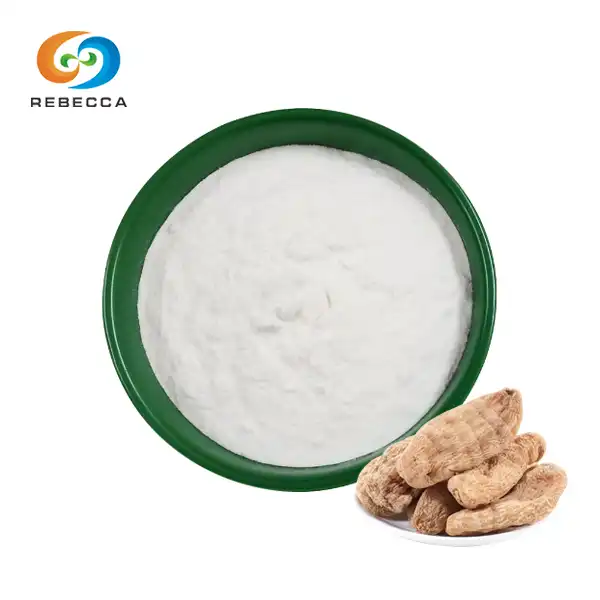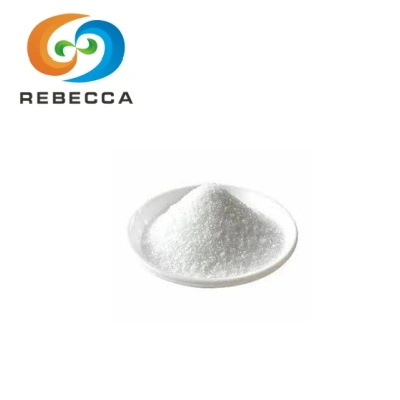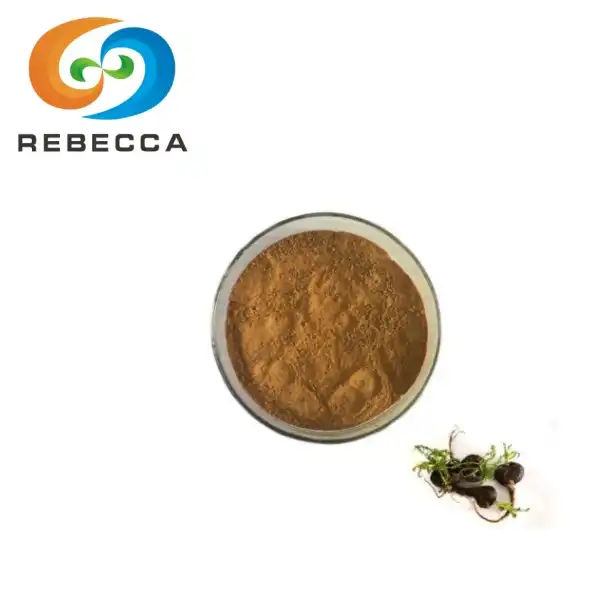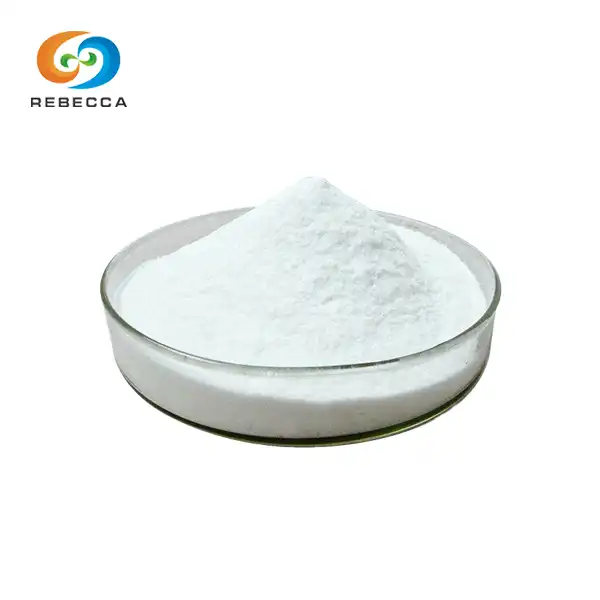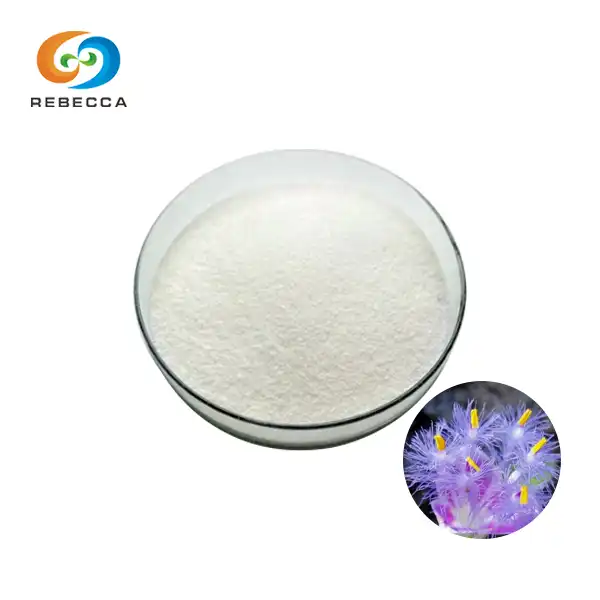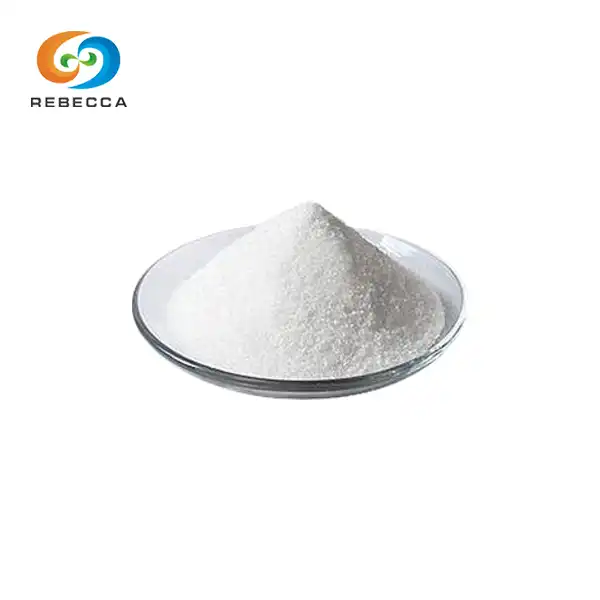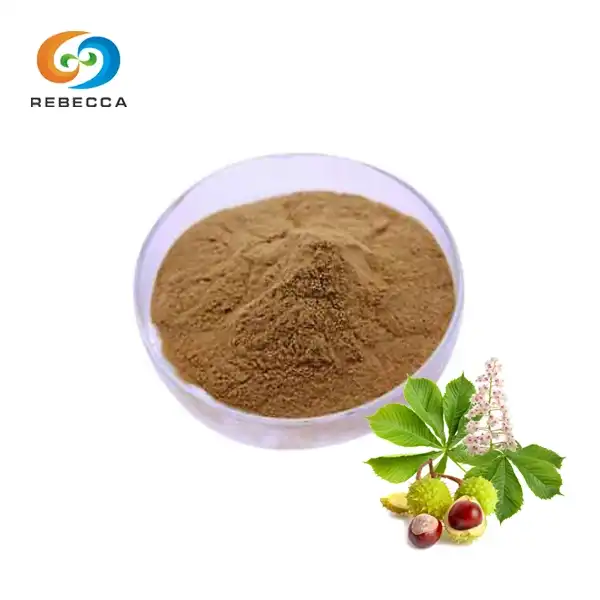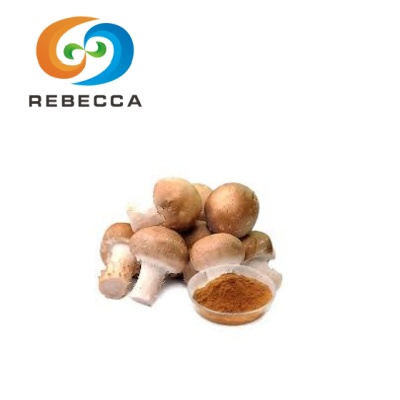What are the ingredients of honey extract?
Nature has provided us with countless treasures, and among them, honey stands as one of the most remarkable substances known to humanity. When we explore the concentrated essence of this golden nectar through honey extract, we discover a complex matrix of bioactive compounds that have fascinated scientists and health enthusiasts alike. Understanding the intricate composition of honey powder opens doors to appreciating its multifaceted applications in nutrition, medicine, and food technology.
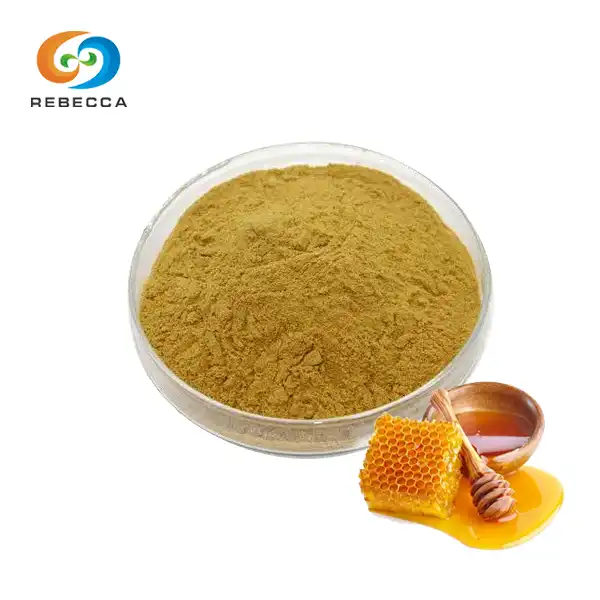
Product Name: Honey Powder, Honey Extract, honey extract powder, Honey Products. Honey P.E.
Specification: Honey Powder 65%
Test Method: HPLC
Latin Name: raw honey powder.
Glucose
Among the primary constituents of honey extract, glucose emerges as a fundamental component that significantly influences both its physical properties and biological activities. This simple sugar, also known as dextrose, typically comprises approximately 25-35% of the total carbohydrate content. The presence of glucose contributes to the immediate energy-providing characteristics that make honey powder particularly valuable in nutritional applications.
The glucose content in honey extract originates from the enzymatic breakdown of more complex carbohydrates present in the original nectar sources. During the concentration process, glucose molecules become more densely packed, creating a higher concentration per unit volume compared to raw honey. This concentrated glucose provides rapid metabolic fuel, making honey products an excellent choice for athletes and individuals requiring quick energy replenishment.
From a chemical perspective, glucose exists in both alpha and beta anomeric forms, with the equilibrium between these forms affecting the overall stability and crystallization tendencies of the extract. The glucose content also influences the hygroscopic nature of honey powder, contributing to its ability to retain moisture and maintain texture in various formulations. This property makes it particularly valuable in food preservation and cosmetic applications.
The bioavailability of glucose differs significantly from that of refined glucose or other simple sugars. The complex matrix of honey PE provides a buffering effect that moderates glucose absorption, potentially leading to more stable blood sugar responses. Research indicates that the presence of other compounds may influence glucose metabolism, suggesting that the whole extract offers benefits beyond its individual sugar components.
Industrial applications of honey extract often capitalize on the glucose content for its functional properties. In food manufacturing, the glucose component contributes to browning reactions, texture development, and flavor enhancement. The concentration of glucose makes it an efficient ingredient for achieving desired sweetness levels while introducing additional functional benefits that synthetic glucose cannot provide.
Fructose
Fructose represents another crucial sugar component within honey extract, typically accounting for 30-45% of the total carbohydrate profile. This naturally occurring fruit sugar brings distinctive sweetness characteristics to honey powder, often providing a more intense sweet sensation compared to glucose. The higher proportion of fructose in many honey products contributes to their superior sweetening power and unique flavor profiles that distinguish them from other natural sweeteners.
The concentration process enhances the fructose content, creating a more potent sweetening agent that requires smaller quantities to achieve desired taste outcomes. Fructose molecules maintain their structural integrity during processing, preserving their ability to interact with taste receptors more effectively than many artificial sweeteners. This natural sweetening capacity makes honey powder particularly attractive for applications where reducing overall sugar volume while maintaining sweetness intensity is desired.
Metabolically, fructose from honey extract follows different pathways compared to glucose, potentially offering advantages in specific dietary contexts. The fructose component undergoes hepatic metabolism, which may result in different glycemic responses compared to glucose-dominant sweeteners. However, the presence of other bioactive compounds may modulate fructose metabolism, creating a more complex and potentially beneficial metabolic profile than isolated fructose.
The chemical properties of fructose contribute significantly to its physical characteristics. Fructose exhibits higher solubility than glucose, enhancing the overall solubility profile of honey products in various applications. This increased solubility facilitates incorporation into liquid formulations and contributes to the smooth texture and mouthfeel associated with high-quality honey extract products.
Enzymes
The enzyme content of honey extract represents perhaps the most fascinating and functionally significant aspect of its composition. These biological catalysts, originally introduced by honeybees during the honey-making process, remain active in properly processed honey powder and contribute substantially to its unique properties and potential health benefits. The primary enzymes found include invertase, glucose oxidase, catalase, and various phosphatases, each contributing specific functionalities to the overall extract profile.
Invertase, also known as sucrase, plays a crucial role in the continued breakdown of complex sugars. This enzyme catalyzes the hydrolysis of sucrose into glucose and fructose, contributing to the dynamic equilibrium of sugar composition. The activity of invertase in honey extract can influence sweetness perception and may contribute to the predigestive benefits associated with consuming honey-based products.
Glucose oxidase represents another significant enzyme component that contributes to the antimicrobial properties of honey products. This enzyme catalyzes the oxidation of glucose in the presence of water and oxygen, producing gluconic acid and hydrogen peroxide. The controlled release of hydrogen peroxide through enzymatic action provides natural preservative effects and contributes to the stability of honey extract during storage. This enzymatic antimicrobial system offers advantages over synthetic preservatives in many applications.
The preservation of enzyme activity during the honey production process requires careful attention to temperature and pH conditions. Excessive heat or extreme pH levels can denature these delicate proteins, reducing the functional benefits of the final product. Quality honey extract maintains significant enzyme activity, which can be measured through standardized assays that evaluate the biological potency of the extract.
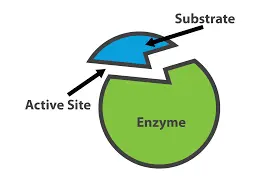
Rebecca: Honey Extract for Sale
As a leading honey extract supplier, Rebecca specializes in providing high-quality honey products that maintain the integrity of these valuable components. Our honey powder contains 65% active compounds, rigorously tested using HPLC methods to ensure consistent quality and potency. Derived from carefully selected raw honey powder sources, our products preserve the natural balance of glucose, fructose, and enzymatic activity that makes honey extract such a valuable ingredient.
Whether you're developing nutritional supplements, food products, or specialized applications requiring the unique properties of honey products, Rebecca offers reliable sourcing and consistent quality that meets industry standards. Our commitment to preserving the natural complexity of honey powder ensures that you receive products that deliver the full spectrum of benefits associated with this remarkable natural concentrate.
For more information about our honey products or to place an order, please reach out to us at information@sxrebecca.com. Our team of experts is ready to assist you in selecting the appropriate honey powder specifications for your specific applications and requirements.
References
White JW. Composition of American Honeys. Washington, DC, USA: Agricultural Research Service, USDA; 1962.
Viuda-Martos M, Ruiz-Navajas Y, Fernández-López J, Pérez-Alvarez JA. Functional properties of honey, propolis, and royal jelly. J Food Sci. 2008;73:R117–24. doi: 10.1111/j.1750-3841.2008.00966.x.
Bogdanov S, Jurendic T, Sieber R, Gallmann P. Honey for nutrition and health: a review. J Am Coll Nutr. 2008;27(6):677–689. doi: 10.1080/07315724.2008.10719745
